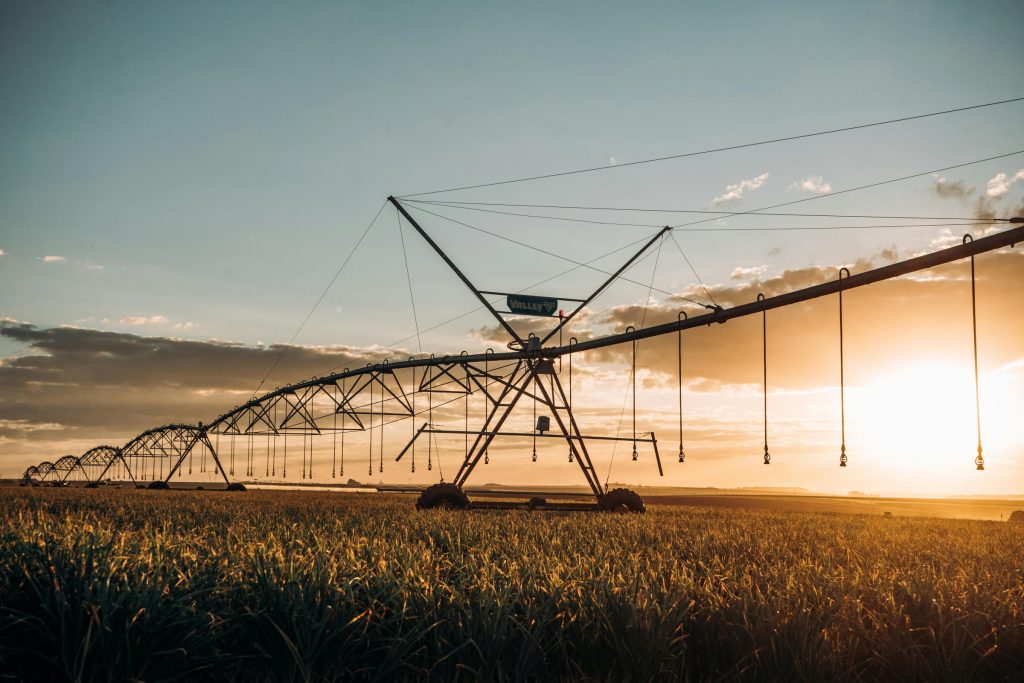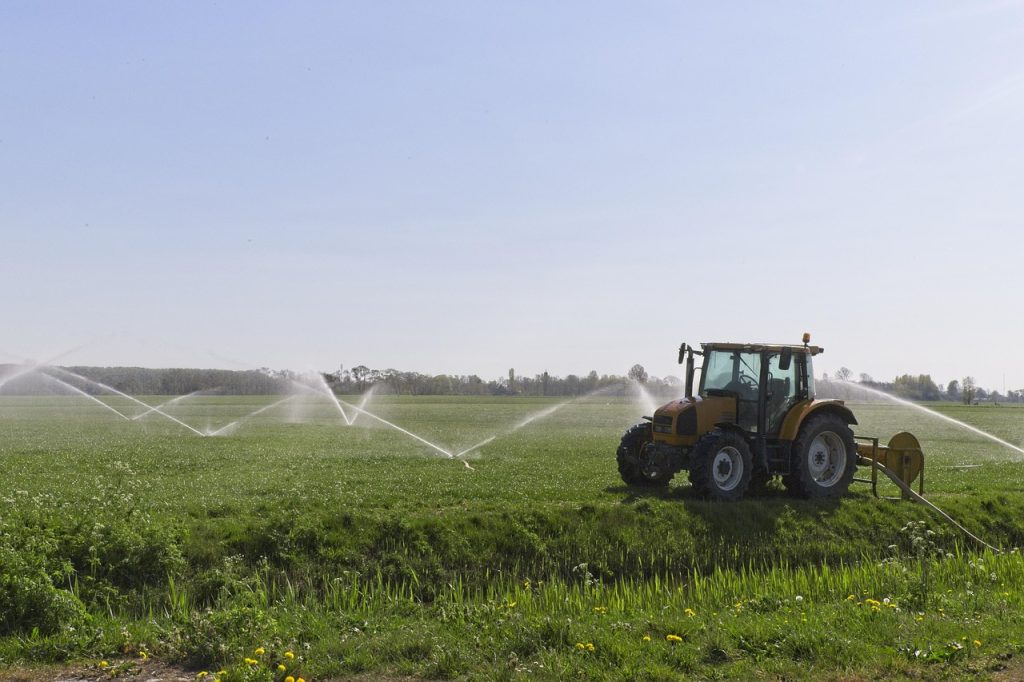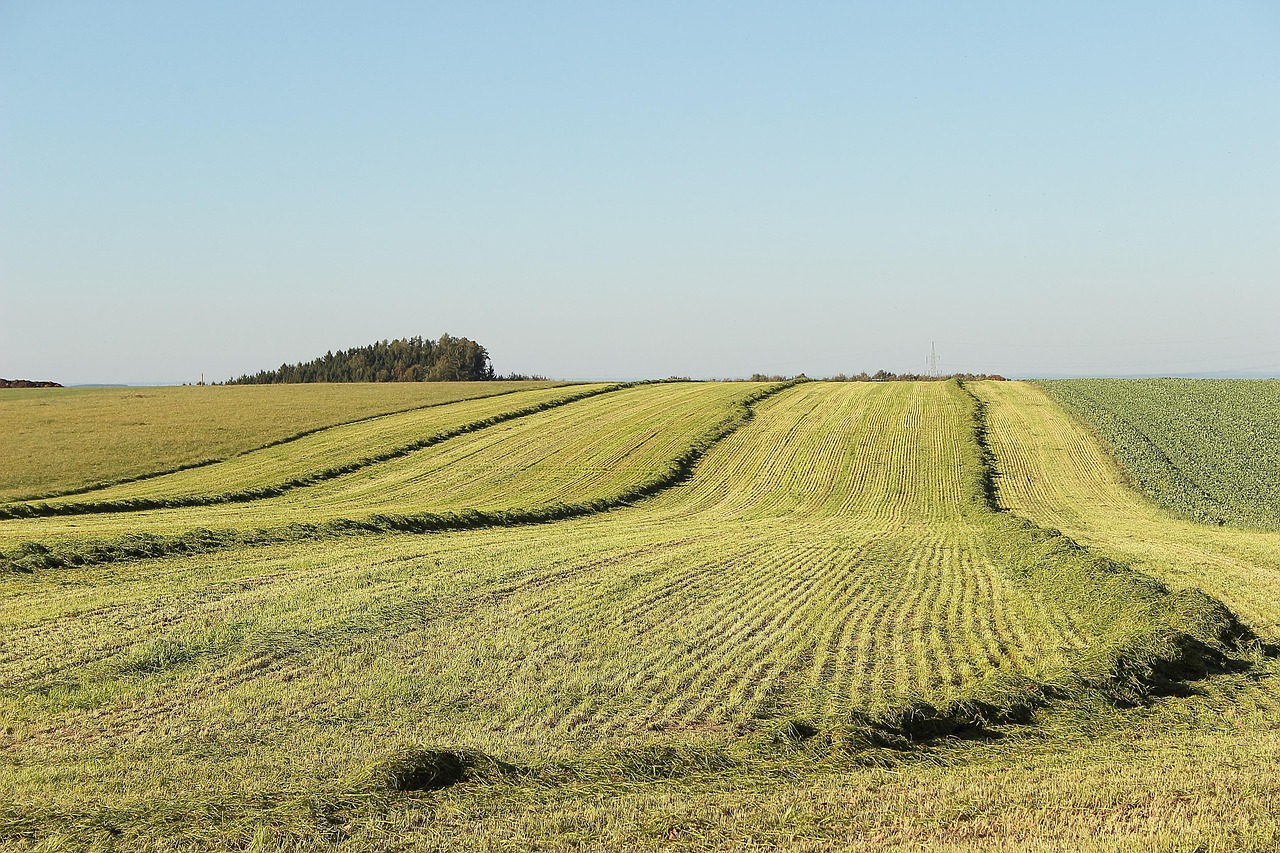Unlocking Nitrogen Insights: From Irrigation to N Balances
Unlocking Nitrogen Insights: From Irrigation to N Balances
We work with farmers to better understand how much nitrogen is going on your field, and how much is leaving your field.
Why should you test nitrogen in your irrigation water?
Irrigation water can carry nitrogen—just like fertilizer. This source is often overlooked in nitrogen management. If you’re using pivot irrigation, you might be adding more nitrogen than you realize. Too much nitrogen can lead to waste, higher costs, and environmental risks.
That’s why we’re working with farmers to better understand the nitrogen balance in irrigated fields—how much nitrogen goes in (e.g., water, fertilizer) and how much goes out (e.g., crop yields). This project helps find out how much nitrogen is running through your irrigation water and how to make more precise decisions about your nitrogen use.
Why should you calculate your nitrogen balance?
Calculating your nitrogen balance can help you:
- Assess if excess nitrogen can be leached into the groundwater of your fields.
- Assess potential to save money on inputs by accounting for all sources.
- Explore alternative management strategies to reduce nitrogen leaching risks.
Who should join?
Farmers with irrigated fields growing crops such as field corn, potatoes, and vegetables.
What’s included for you?
- Free water testing: Nitrate-N content in irrigation water by a certified lab.
- Custom report: A detailed nitrogen balance just for your farm.
- 1-on-1 support: Help making sense of your numbers and what to do next.
What do we need from you?
- Irrigation water samples from up to five fields per farm, collected during growing season.
- Share field-specific nitrogen management record, irrigation schedule (how much and when), and crop yield. (Free data sheet templates will be provided for record-keeping)
- Meet with an outreach specialist 2–3 times across the season to review results and explore ideas.
When does this take place?
- Summer: Collect water samples; we’ll provide free testing kits (and technical assistance for testing if needed) and data sheets to track irrigation and nitrogen management.
- Fall: Share field data, receive your first nitrogen balance.
- Winter-Spring: Final report and focused conversation.
Let’s work together.
This is an opportunity to improve nitrogen management. If you’re curious about your irrigation water, and what you might be missing, this project is for you.
Apply by July 15, 2025.
Want to learn more? Contact Guolong Liang at gliang6@wisc.edu or (715)-540-8653.

Related Articles

How much nitrogen is in your irrigation water?
Wisconsin vegetable growers could be unknowingly over-fertilizing their crops by up to 80 pounds of nitrogen per acre—nitrogen that’s already coming through their irrigation water. Learn how to calculate the hidden nitrogen in your wells and potentially save money while protecting groundwater by adjusting your fertilizer rates accordingly.

Manage nitrogen as a budget to reduce groundwater contamination
Discover why 75% of nitrogen loss happens in just three critical months and how a simple “relay race” strategy with cover crops can save you over 50 pounds of nitrogen per acre. Learn to use nitrogen like a piggy bank—making smart deposits and withdrawals that boost yields while protecting Wisconsin’s groundwater.




